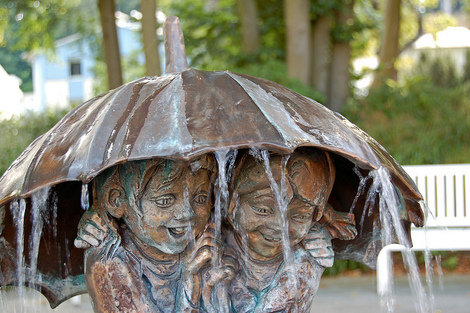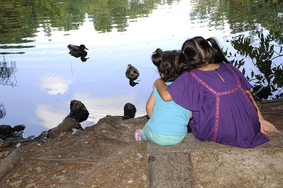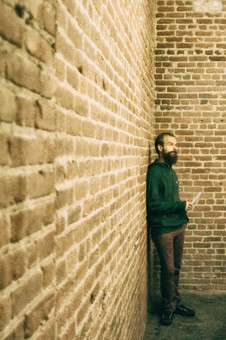
I know it sounds strange, but I believe that understanding the connection between boundaries, accountability, acceptance and compassion has made me a kinder person.
I was a person who was sweeter ----judgmental and resentful and angry on the inside --- but sweeter on the outside.
Today, I think I am genuinely more compassionate, less judgmental and resentful, and way more serious about boundaries. I have no idea what this combination looks like on the outside, but it feels pretty powerful on the inside.
When we fail to set boundaries and hold people accountable we feel used and mistreated. This is why we sometimes attack who they are, which is far more hurtful than addressing a behavior or a choice. For our own sake, we need to understand that it is dangerous to our relationship and our well being to get mired in shame and blame, or to be full of self righteous anger. It is also impossible to practice compassion from a place of resentment.
If we are going to practice acceptance and compassion, we need boundaries and accountability.
Brene Brown - The Gifts of Imperfection









 RSS Feed
RSS Feed
